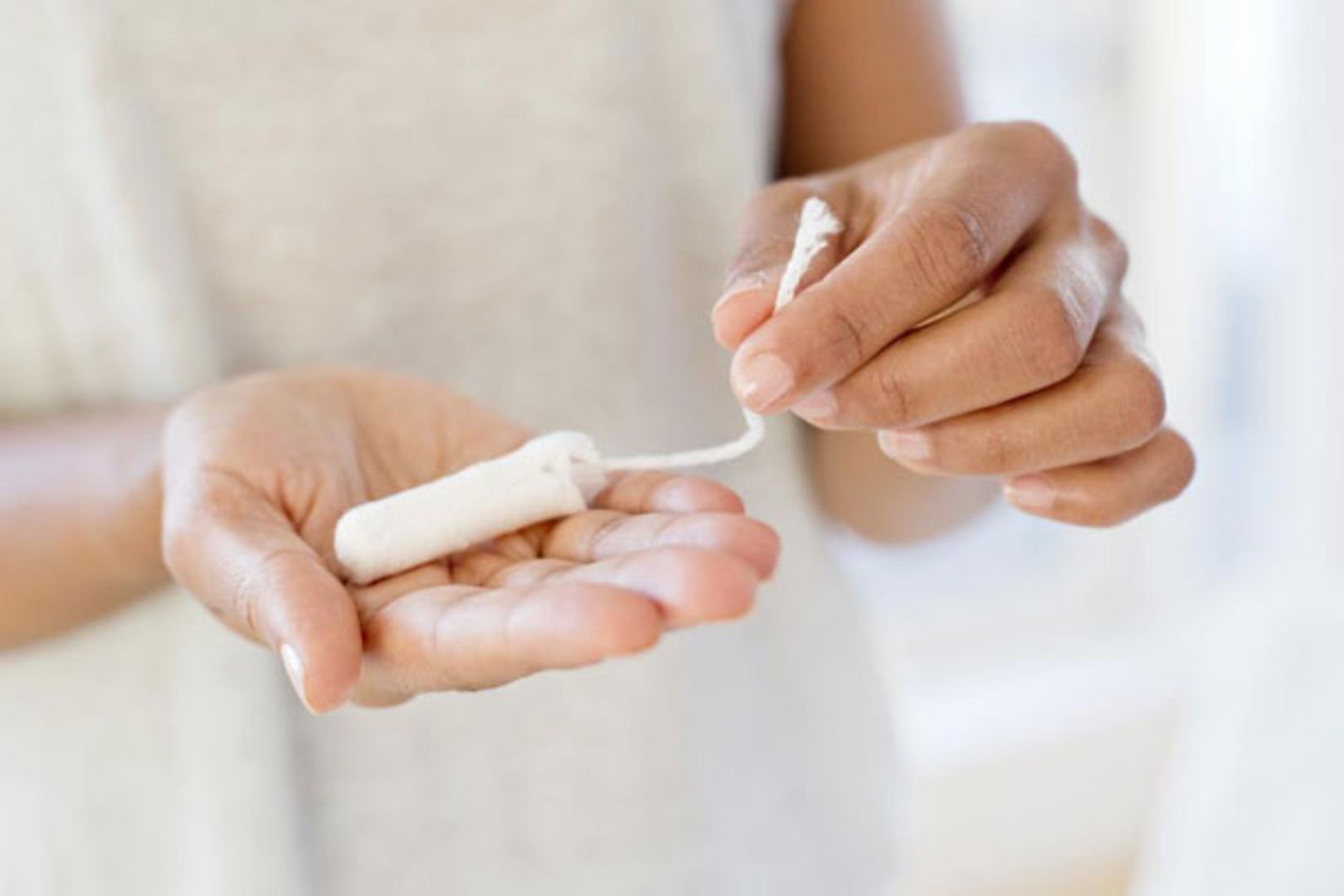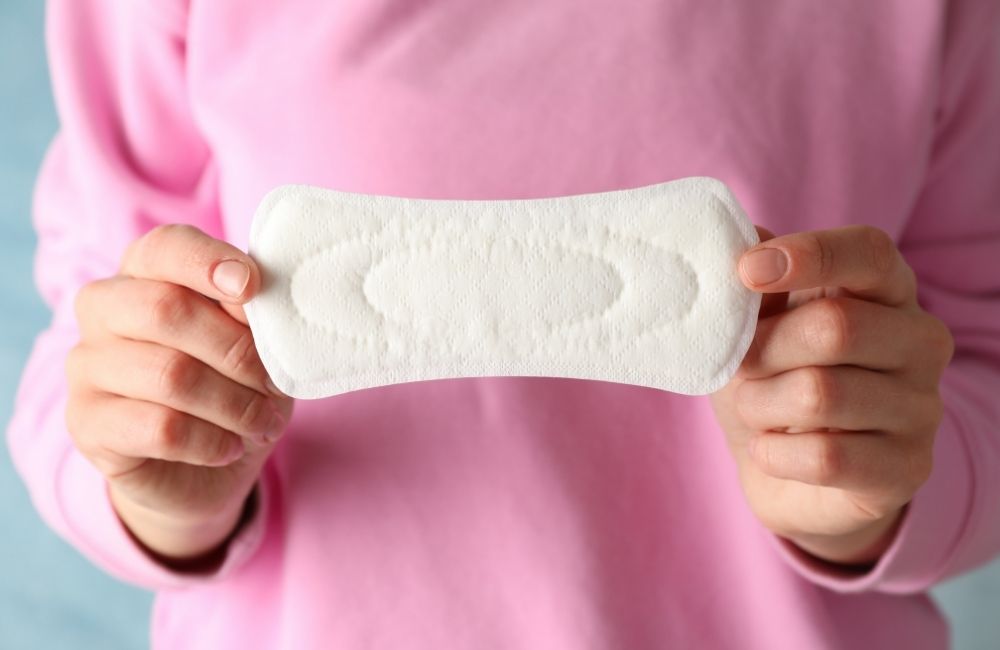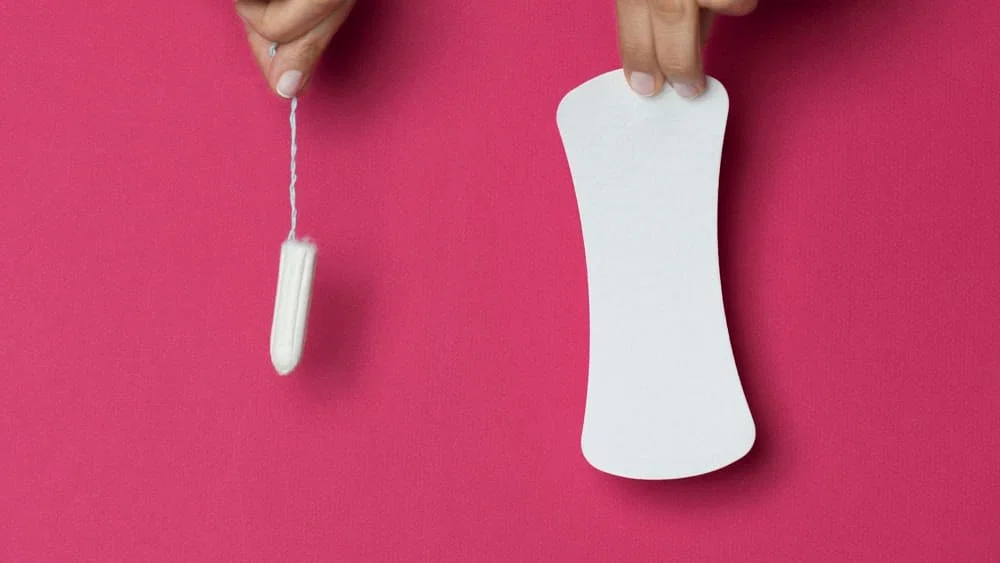Are you team tampons or team pads? The battle between these two period aids has been going on for ages, leaving many of us feeling torn between the two options. But fear not, because we’re here to help you make an informed decision. In this article, we’ll break down the pros and cons of tampons vs pads, so you can choose the right option for your needs.
Contents
What are Tampons?

If you’re new to using tampons or considering making the switch from pads, it’s important to understand what tampons are and how they work. Tampons are a popular menstrual product that is inserted into the vagina to absorb menstrual blood.
Here’s what you need to know about tampons:
- Absorbency: Tampons come in different absorbency levels, ranging from light to super. This allows you to choose the tampon that is most suitable for your flow. It’s important to use the appropriate absorbency to ensure optimal comfort and avoid leaks.
- Insertion: Tampons are inserted into the vagina using your fingers or with the help of an applicator. Applicators are commonly used for easier insertion and are available in both plastic and cardboard options. If you’re new to tampons, it may take a few tries to get comfortable with the insertion process.
- Comfort: Once properly inserted, tampons should fit snugly and be comfortable. You should not be able to feel it if it’s inserted correctly. If you do experience discomfort or pain, it could be due to incorrect insertion or using the wrong size tampon. In such cases, try repositioning the tampon or using a different absorbency level.
- Discreetness: One of the advantages of tampons is their discreetness. Tampons are small and portable, making them easy to carry around in your purse or pocket. They are also worn internally, which means they’re not visible from the outside, allowing you to wear tight-fitting clothing without worry.
- Activity level: Tampons are suitable for various activities, including swimming, exercising, and playing sports. They stay in place even during physical movement, providing you with comfort and protection throughout your day.
What are Pads?

When it comes to managing your menstrual flow, pads are a popular choice. They are absorbent products that are worn inside your underwear to collect and contain menstrual blood. Pads come in various sizes, thicknesses, and styles to suit your specific needs.
Different Sizes and Thicknesses: Pads offer different options for flow, from pantyliners for lighter days to regular or thick pads for heavier bleeding. This allows you to choose the level of protection that feels most comfortable for you.
Winged and Non-Winged Pads: Another important consideration when choosing pads is whether they have wings or not. Winged pads have adhesive wings that fold onto the underside of your underwear, helping to keep the pad securely in place. Non-winged pads are secured via the sticky base of the pad. Using pads with wings can provide added security, reducing the chances of the pad shifting out of place and causing discomfort or leaks.
Underwear Considerations: It’s important to note that certain types of underwear, such as thongs, may not be suitable when using pads. This is because thongs have minimal coverage, which may not provide enough support or stability for the pad. However, there are various styles of underwear available that are designed to be compatible with pads, ensuring a comfortable and secure fit.
Tampons vs Pads: Is One Better Than the Other?

1. Absorbency
When considering the absorbency factor, both tampons and pads have their strengths. Tampons are designed to be inserted into the vagina and can absorb menstrual flow directly at its source. They are available in a range of absorbency levels, allowing you to choose the one that best matches your flow intensity.
On the other hand, pads are external and adhere to your underwear to absorb the flow from outside the body. They also come in various sizes and absorbency levels to accommodate different flow types. So, whether you prefer the internal absorption of tampons or the external absorption of pads, both options offer effective protection.
2. Convenience
In terms of convenience, tampons and pads each have their advantages. Tampons are small, discreet, and easily portable, making them convenient to carry in your bag or pocket. You can insert them quickly and go about your day without worrying about leaks.
Pads, on the other hand, are easy to use as they simply stick to your underwear. They don’t require any insertion, making them a suitable option for those who may find tampon insertion uncomfortable or prefer not to insert anything into their vagina. So, whether you prioritize portability or straightforward application, both tampons and pads offer convenience in their own way.
3. Comfort
Comfort is crucial during your period, and both tampons and pads strive to provide a comfortable experience. Tampons, when inserted correctly, are barely felt. They conform to the shape of your body and move with you, allowing for freedom of movement without discomfort.
Pads, on the other hand, provide cushioning and protection on the outside, keeping you comfortable throughout the day. Ultimately, the choice between tampons and pads comes down to personal preference and what feels most comfortable to you.
4. Environmental Impact
Considering the environmental impact, pads are generally the better choice. Disposable pads are made from absorbent materials, such as cotton or polymers, and can be easily disposed of after use. While they may not be as eco-friendly as reusable cloth pads, they are still a more sustainable option compared to tampons, which are typically single-use and produce more waste. If reducing your environmental footprint is a priority, opting for pads is a step in the right direction.
Ultimately, the choice between tampons and pads is a personal one. Consider your comfort, lifestyle, and the safety precautions necessary to make an informed decision.
Frequently Asked Questions
Do tampons soak up more blood than pads?
Tampons hold between 20 and 34 ml of blood, while “heavy” pads can hold up to 52 ml. Menstrual discs hold the most blood, averaging 61 ml.
Is it better to wear a pad or tampon at night?
Change your tampon every four to eight hours. If you sleep longer than eight hours, use a sanitary pad, period underwear, or menstrual cup.
I am a medical student with experience and interest in Women’s health and well-being.